Introduction
In today’s rapidly evolving world, technological advancements continue to shape various industries. One such innovation is smart glass, a revolutionary material that has gained significant popularity in recent years. Smart glass, also known as switchable glass or privacy glass, offers a unique combination of functionality and aesthetic appeal. This blog explores the process and benefits of smart glass installation, along with its applications and future prospects.
Benefits of Smart Glass Installation
Installing smart glass in residential, commercial, and institutional buildings offers several advantages. Let’s delve into the key benefits:
Energy Efficiency
Smart glass provides excellent insulation properties, helping reduce the energy consumption of buildings. It can regulate the amount of sunlight entering a space, minimising the need for artificial lighting, and reducing heating or cooling costs.
Privacy Control
One of the standout features of smart glass is its ability to switch between transparent and opaque states. With a simple flick of a switch or through automated controls, occupants can instantly control the level of privacy within a room. This feature is particularly beneficial for conference rooms, bathrooms, or areas where privacy is desired.
Enhanced Aesthetics
Smart glass adds a touch of modernity and elegance to any space. Its seamless transition from transparent to opaque creates a visually striking effect, capturing attention and leaving a lasting impression. It also allows for versatile interior design options, enabling architects and designers to create dynamic spaces.
Types of Smart Glass
There are several types of smart glass available, each with its unique properties and mechanisms. The most common types include:
Electrochromic Glass
Electrochromic glass utilises an electrochemical reaction to control its transparency. Applying a small electrical current causes the glass to change its tint, providing privacy and glare reduction when needed. Electrochromic glass is commonly used in windows, skylights, and partitions.
Suspended Particle Device (SPD) Glass
SPD glass contains microscopic particles suspended within a film. When an electric charge is applied, the particles align, allowing light to pass through and making the glass transparent. By adjusting the charge, the glass can switch between various levels of opacity. SPD glass is commonly used in windows, sunroofs, and privacy screens.
Liquid Crystal Glass
Liquid crystal glass consists of a thin layer of liquid crystal sandwiched between two glass panels. When an electrical voltage is applied, the crystals align to create transparency. By removing the voltage, the crystals scatter, making the glass opaque. Liquid crystal glass is commonly used in windows, skylights, and projection screens.
Factors to Consider Before Installing Smart Glass
Before installing smart glass, several factors should be considered to ensure a successful installation process and optimal performance. These factors include:
Cost
Smart glass can be more expensive than traditional glass due to its advanced technology. It is essential to evaluate the budget and determine the feasibility of smart glass installation based on the project requirements.
Functionality Requirements
Identifying the specific functionality requirements for smart glass is crucial. Consider whether you need privacy control, energy efficiency, or both. This will help determine the type of smart glass that suits your needs.
Installation Complexity
Installing smart glass requires technical expertise and precision. Depending on the complexity of the project, it may be necessary to involve professionals who specialise in smart glass installation.
Smart Glass Installation Process
The installation of smart glass involves several steps to ensure proper customization and seamless integration. The process typically includes the following stages:
Assessment and Consultation
During the initial phase, a professional assesses the project requirements and conducts a thorough consultation. This step helps determine the specific goals, desired functionality, and aesthetics of the smart glass installation.
Measurement and Customization
Accurate measurements of the installation area are taken to ensure a precise fit for the smart glass panels. Based on these measurements, the smart glass is customised according to the project’s specifications.
Installation by Professionals
Experienced professionals carry out the installation process. They ensure that the smart glass panels are properly fitted, connected to the electrical system (if applicable), and tested for functionality. Attention to detail is crucial to achieve a flawless installation.
Maintenance and Care of Smart Glass
Proper maintenance and care can extend the lifespan and functionality of smart glass. Here are some tips to consider:
Cleaning Techniques
Use a non-abrasive, lint-free cloth and a mild, ammonia-free glass cleaner to clean smart glass surfaces. Avoid using harsh chemicals or abrasive materials that could damage the glass or its coating.
Avoiding Damage
Take precautions to prevent damage to smart glass. Avoid applying excessive force or pressure, as it may cause scratches or cracks. Additionally, avoid placing heavy objects against the glass to maintain its structural integrity.
Applications of Smart Glass
Smart glass finds applications in various sectors, offering enhanced functionality and aesthetic appeal. Some common applications include:
Residential Buildings
Smart glass can be used in residential properties for windows, skylights, shower enclosures, and room partitions. It provides homeowners with privacy control, energy efficiency, and an elegant interior design element.
Commercial Buildings
In commercial buildings, smart glass is often used in conference rooms, offices, storefronts, and hospitality spaces. It offers privacy during meetings and presentations, reduces glare, and contributes to a contemporary and professional environment.
Healthcare Facilities
Smart glass installation in healthcare facilities, such as hospitals and clinics, can enhance patient privacy in treatment rooms, waiting areas, and consultation spaces. It also helps create a calming and comfortable environment for patients and healthcare professionals.
Future Prospects of Smart Glass Technology
The field of smart glass technology continues to evolve, and its future prospects are promising. Ongoing research and development aim to improve the energy efficiency, durability, and affordability of smart glass. As technology advances, we can expect to see wider adoption and integration of smart glass in various industries and applications.
Conclusion
Smart glass installation offers a myriad of benefits, ranging from energy efficiency and privacy control to enhanced aesthetics. With the availability of different types of smart glass, each with its unique mechanism, it is essential to consider the specific requirements and installation factors before embarking on a smart glass project. Proper maintenance and care ensure the longevity and optimal performance of smart glass installations. As the technology continues to evolve, smart glass holds great potential for transforming the way we experience and interact with our built environment.


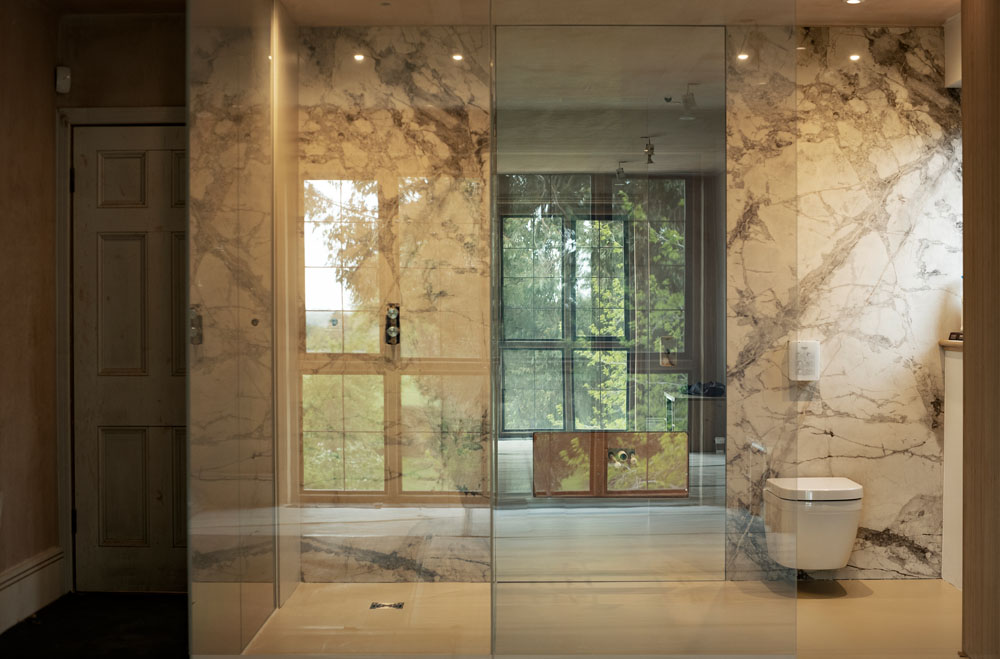
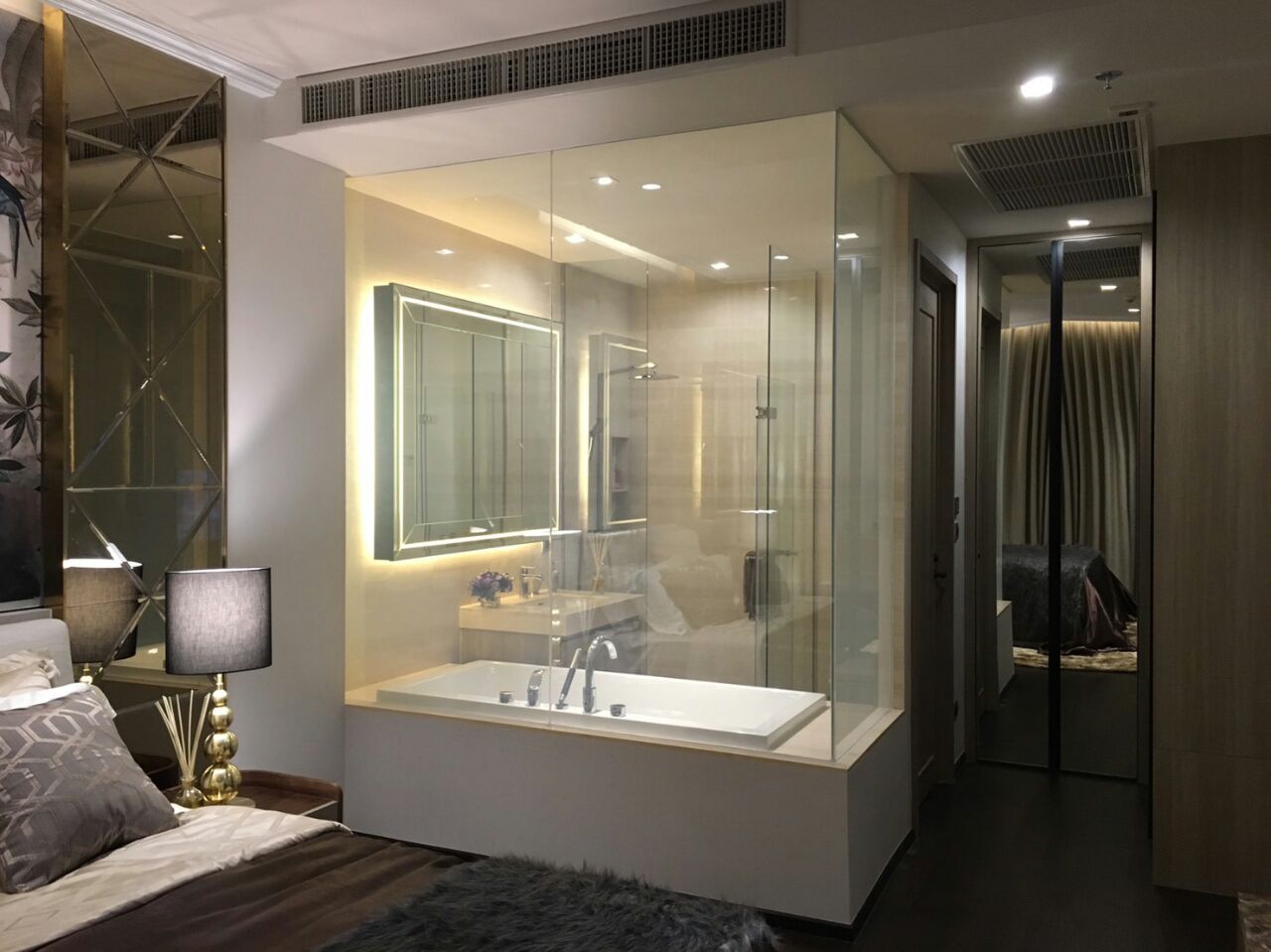
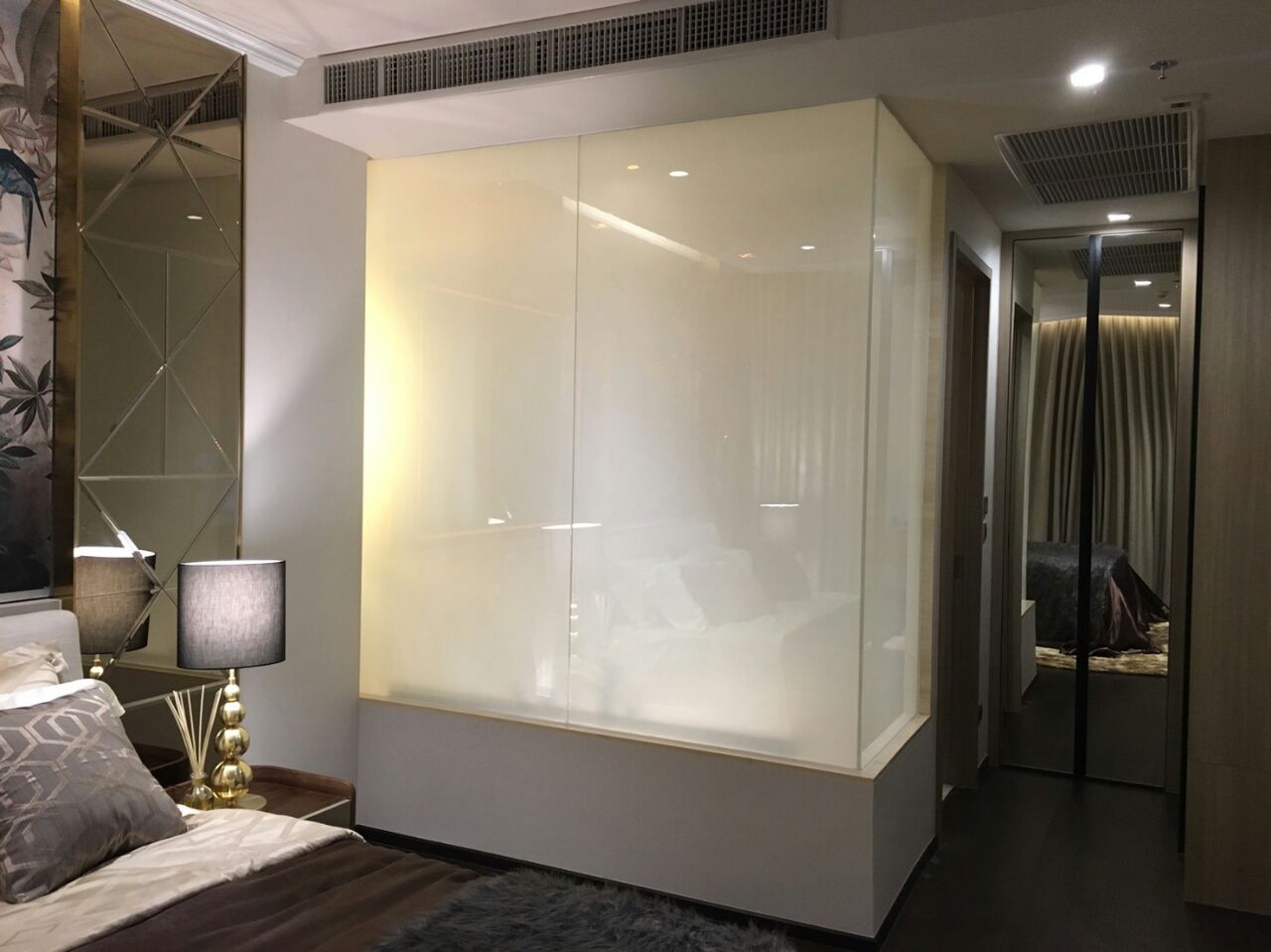
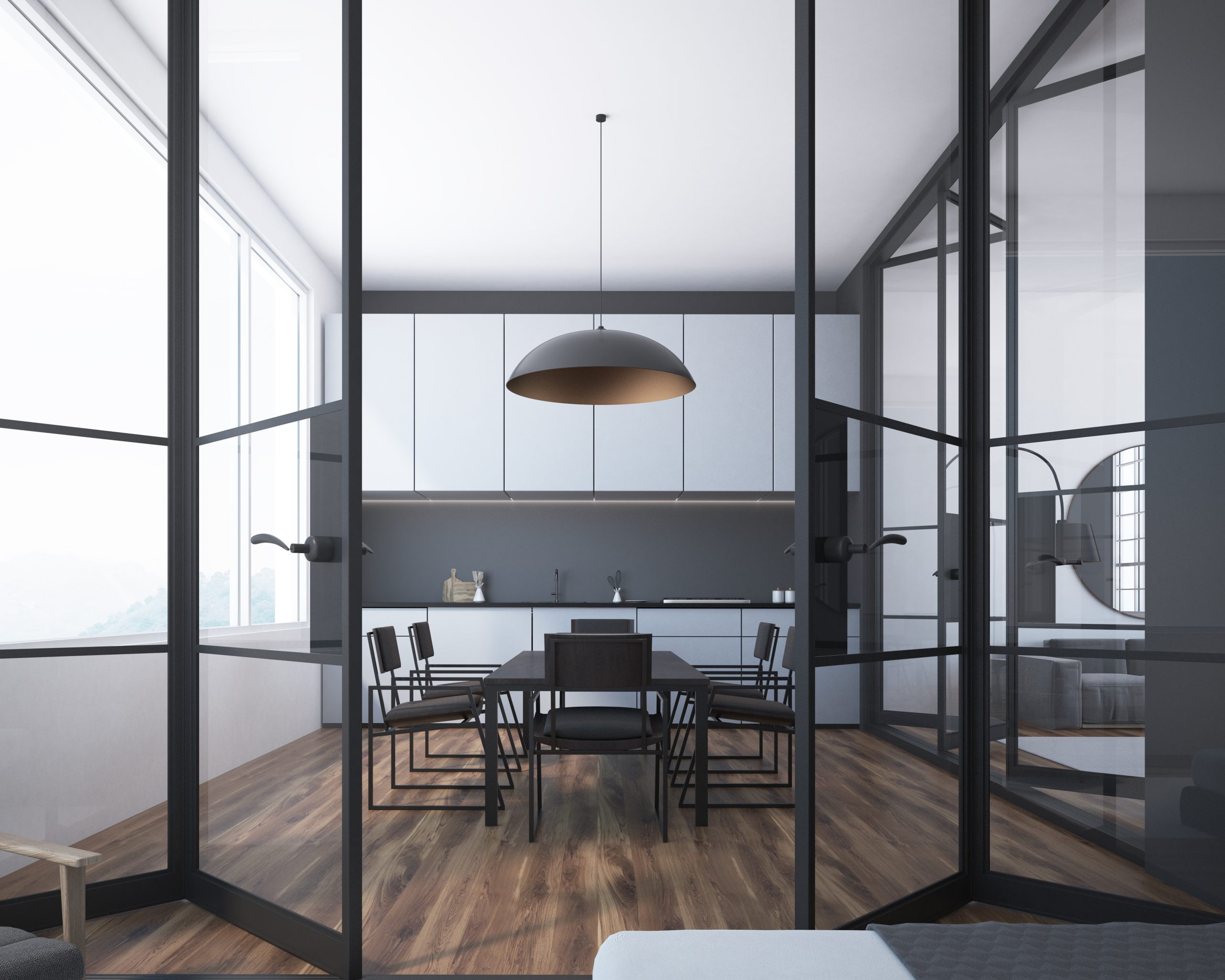
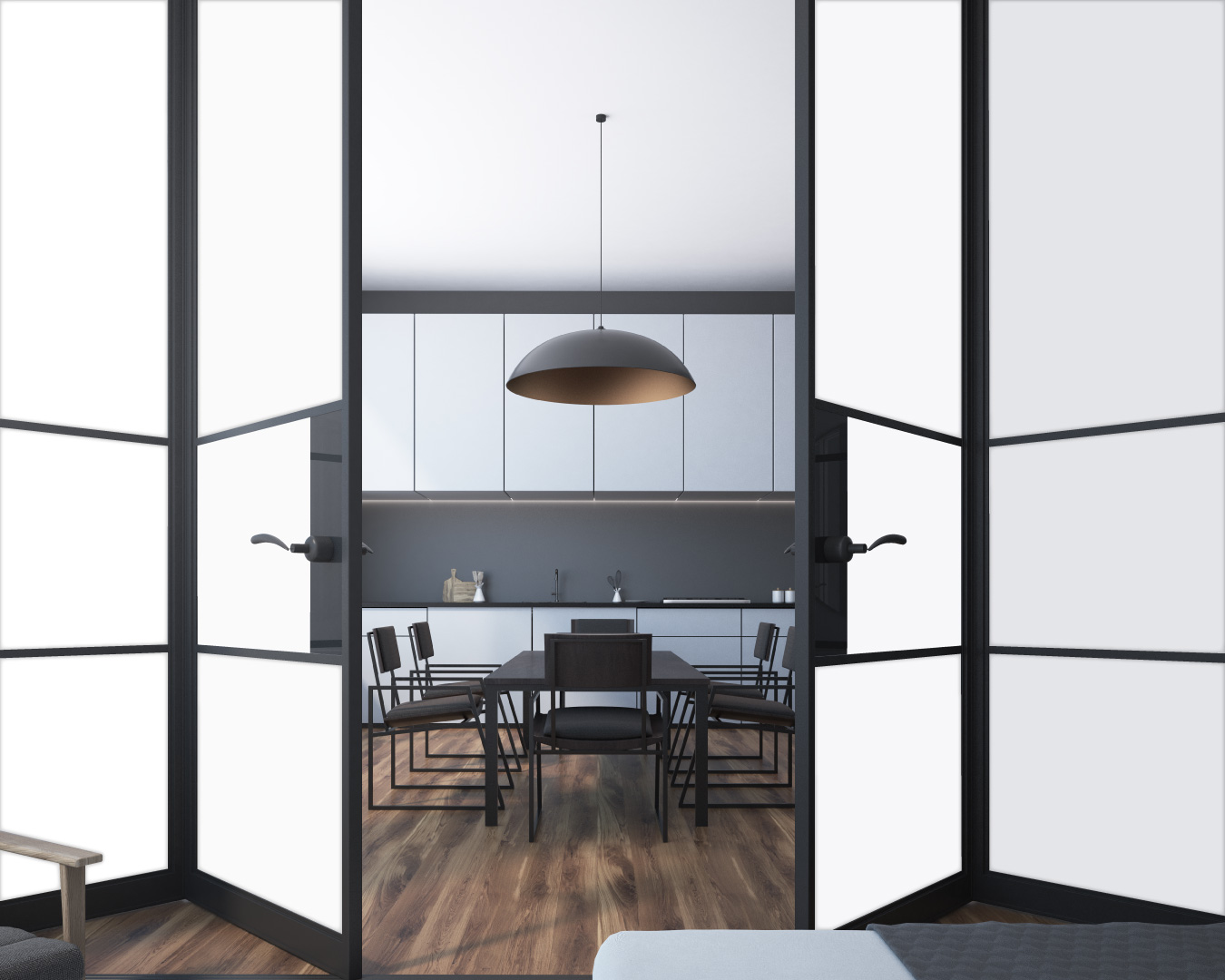
Frequently asked Questions
Our privacy glass works by utilising advanced PDLC (Polymer Dispersed Liquid Crystal) film. When an electrical current is applied, the liquid crystal molecules align, allowing light to pass through, making the glass transparent. When the current is switched off, the molecules mis-align, causing the glass to turn opaque or translucent, providing privacy.
The installation time for smart glass varies depending on the project size and complexity. Smaller installations may take a few hours, while larger projects may require several days or weeks to complete.
Yes, smart glass can be retrofitted in existing windows. However, it is important to assess the compatibility and structural integrity of the existing window frames to ensure a proper fit.
Smart glass generally requires minimal maintenance. However, the cost of maintenance may vary depending on the specific type of smart glass installed and the extent of usage.
Yes, most types of smart glass require electricity to function. They rely on an electrical current to switch between transparent and opaque states.
Yes, certain types of smart glass are suitable for outdoor applications. However, it is important to consider factors such as weather resistance and durability when choosing smart glass for outdoor use.




